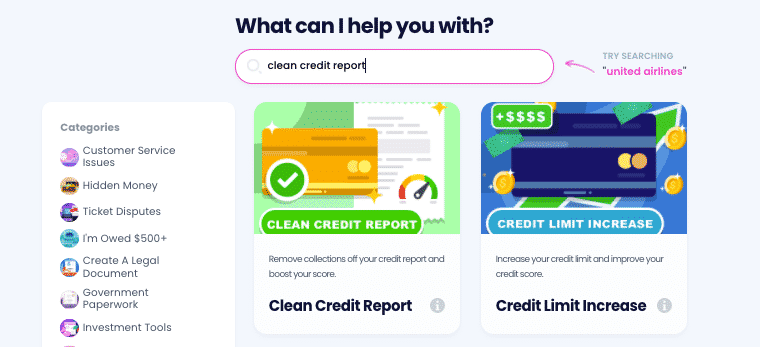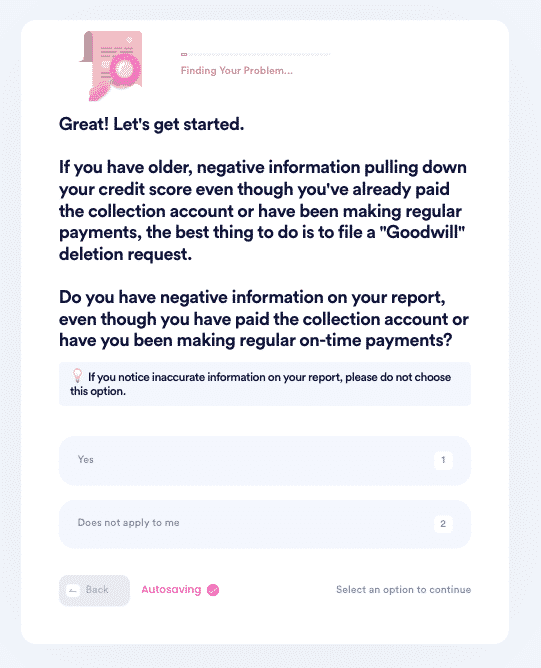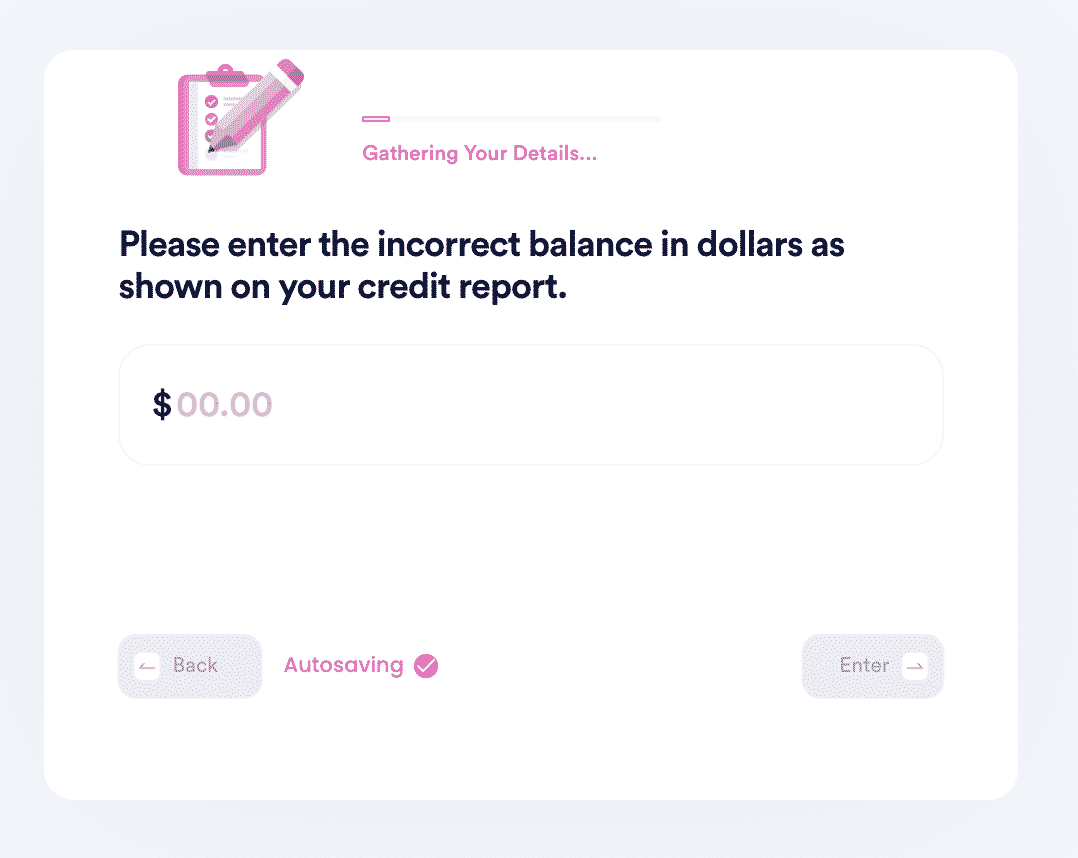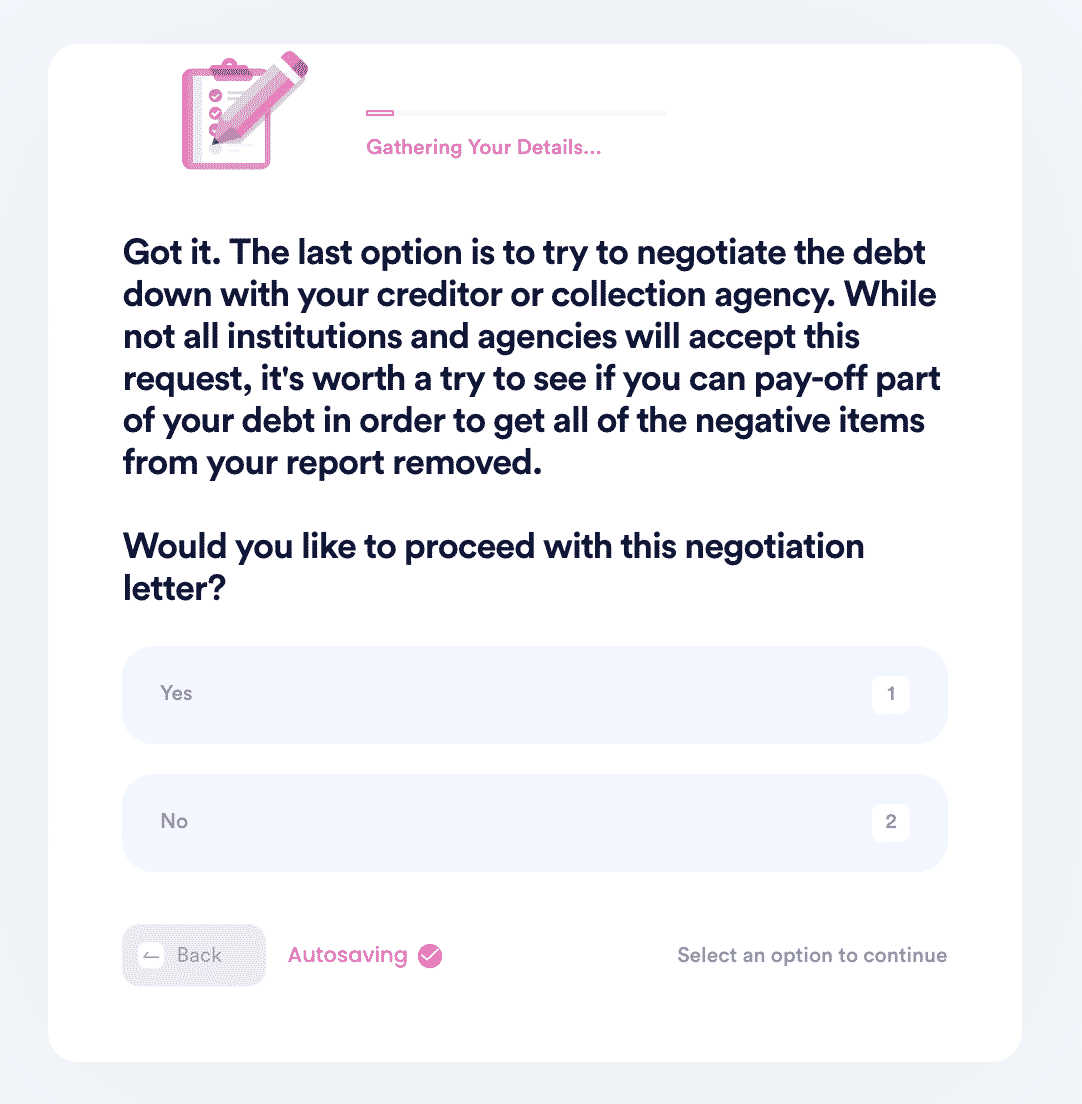Simple and Effective Way to Dispute Credit Reports in Canada
If you needed to would you know where to start? The way credit is reported in Canada is similar to the United States, but some differences set them apart.
Knowing how to interpret your Canadian credit report is the beginning. In this post, we will explain the difference in Canadian credit reports, how to file a dispute by yourself, and then show you your Canada credit report.
The Difference Between Canadian and American Credit Reports
The way that your Canada credit report is calculated is about the only similarity between American and Canadian credit reports. Both use the following to give your credit a certain score when trying to secure new credit cards or loans from banks.
- Payment history
- Debt Burden
- Length of history
- Type of credit
- Recent searches
Each one of these is used to give your credit a number score. And that is where the similarities end.
In Canada, only Trans Union and Equifax are the reporting bureaus, and your credit score consists of one number and one letter depending on your current credit health. For example:
| No. 1 | You pay all your bills on the due date or before. |
| No. 9 | You never pay your bills. |
| No. 0 | The account is too new to tell. |
| Letter I | You have installment loans that you consistently pay on time. |
| Letter O | You have an open account that must be paid back at the end of a certain period. |
| Letter R | You have revolving type credit accounts like credit cards that usually carry a monthly balance. |
In Canada, if you have I1 credit, you are viewed as trustworthy and should have no problems getting credit as long as you maintain that score. If your credit is scored as R9, you will have a hard time getting financing, and when you do, it will be higher in interest.
Trying to Dispute Your Canadian Credit Report By Yourself
If you spot an inaccuracy in your Canada credit report, you are going to need a lot of time and energy to compile all the needed information and get it to the two reporting bureaus in Canada.
Both Equifax and Trans Union have similar steps to take when trying to dispute a Canadian credit report. Here are those steps:
1. Gather the needed documents.
Send copies only of any account information, account statements, proof of identity, and proof of residency. Never send originals, copies only.
2. Contact the lender.
Next, let your bank/lender know that you have spotted a discrepancy and schedule a time to meet with them if possible. Hopefully, the problem can be cleared up when you present the documentation backing your claim.
3. Contact the credit bureaus.
If you and your bank/lender can clear up the issue, then you must go to both Equifax and Trans Union to follow their guidelines.
Equifax Credit Report Dispute Guidelines
Complete the Consumer Credit Update Form and mail or fax to 514-355-8102 or call 1-800-465-7166 if you need assistance or further information.
Trans Union Credit Report Dispute Guidelines
Complete the Investigative Form and mail it to the address on the form. Additionally, you can call 1-800-663-9980 or 1-877-713-3393 for further instructions or information.
Then, Patiently Wait
You should receive an answer from these credit bureaus within 30 days. By law, they have to investigate any claims you make regarding your credit report. At your request, they can send you an updated copy of your Canadian credit report showing the disputed item has been removed.
What if the Outcome Is Not in Your Favor?
Just because you fill a dispute doesn't mean that after an investigation, everything will be taken care of. When the outcome is not in your favor, you have the right to add a consumer statement to your credit report explaining your side of the issue.
You will need to think about what you will write because Equifax will only allow up to 400 characters, not words, in your statement. Trans Union is equally difficult, allowing only 100 words, or 200 words if in Saskatchewan.
This statement will appear alongside your credit report when accessed by lenders.
Gathering information, scheduling meetings, faxing documents, mailing documents, waiting up to 30 days, and getting a proper statement written if the dispute remains unsettled is not the ideal way to spend your time. Let's show you the simple and effective way to dispute your Canadian credit report.
How to Use DoNotPay to Dispute a Credit Report in Canada
DoNotPay is a way to level the playing field when it comes to your credit report. DoNotPay can quickly and efficiently go to work on your behalf to dispute your credit report in Canada without the confusing and frustrating issues you have faced so far.
DoNotPay is the perfect solution to your Canadian credit report dispute. Look at how easy it is to clean up your credit report using DoNotPay.
How to clean up your credit report using DoNotPay:
If you want to clean up your credit report but don't know where to start, DoNotPay has you covered in three easy steps:
- Search Clean Credit Report on DoNotPay.

- Prepare a recent copy of your credit report that you can use as a reference.

- If you've already paid off your debt, we'll help you file a Goodwill Removal Request to get it removed.

- If you notice any errors in your report (we have a list of common errors you can use!), we'll help you file a credit dispute to the creditor or major credit bureaus.

- If there are no errors, we'll check if you're still eligible to file a debt validation request. If they can't validate your debt, they're required to remove it from your report, and they can't collect it.

- Lastly, if none of the above options work, we'll help you file a pay-to-delete negotiation letter. You can customize the amount you are willing to pay in exchange for getting the item removed.

And that is it. Spend your time doing something fun, not trying to dispute your Canadian credit report by yourself.
DoNotPay has resolved thousands of credit-related issues, and yours can be next.
What Else Can DoNotPay Do?
The is just the beginning of what you can accomplish using DoNotPay.
Use DoNotPay for these following credit-related issues.
- Learn how to improve a credit score
- Learn how to dispute a credit report
- Learn more about debt validation letters
- Learn how to remove collections from a credit report
- Learn about credit dispute letters
- Learn how to remove late payments from a credit report
- Learn how to repair your credit score
- Learn how to remove inquiries from your credit report
Why not let DoNotPay show you today.
 By
By